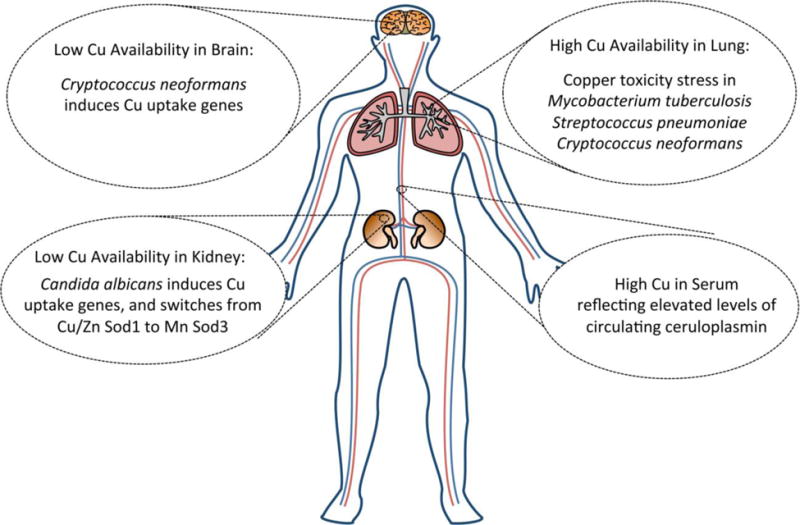Fig. 1. Sites of copper excess or copper limitation for invading microbes.

Illustrated are four sites in the animal host where copper is either elevated during infection or where the metal can become limiting for invading microbes. C. neoformans infection of the brain is associated with strong fungal markers of copper limitation stress including the activation of fungal copper uptake genes CTR1 and CTR4. As evidence for high copper in the lung, pulmonary pathogens with defects in copper detoxification pathways are poorly virulent, including M. tuberculosis mutants defective in copper sensing and copper transport [39–41], P. pneumonia mutants lacking the CopA copper exporting ATPase [42] and C. neoformans mutants lacking copper chelating MTs [38]. Invasion of the kidney with the fungal pathogen C. albicans stimulates a drop in total kidney copper during late stages of infection and the yeast responds by inducing copper uptake through fungal CTR1 and by switching from expressing Cu/Zn Sod1 to Mn Sod3 [45]. In serum, levels of the cuproprotein ceruloplasmin progressively rise during infection, causing a marked elevation in total serum copper. Ceruloplasmin is a multi-copper oxidase involved in iron homeostasis [38, 43–46, 53, 54].
